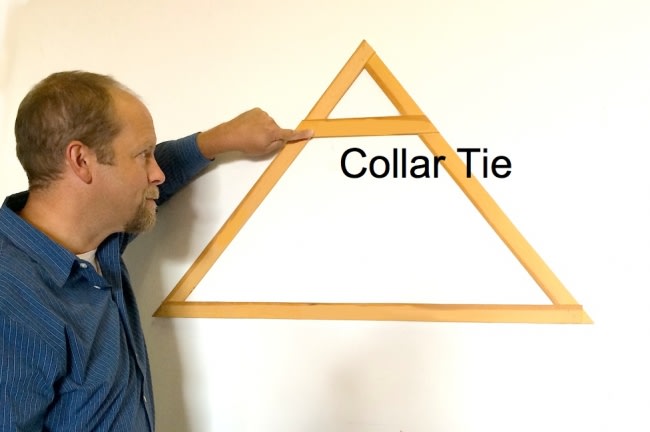XR250
Structural
- Jan 30, 2013
- 5,937
So this is a job one of my competitors did a few years ago. 60 ft. span trusses converted to a vaulted ceiling by sistering with 9 1/4" LVL's and adding LVL collar ties. 6" of measured sag. The whole roof is getting ripped off and replaced with trusses again. I guess he used the "1/3 from ridge" collar tie rule without checking in 2D software. Ironically, the owner is not seeking legal action.

